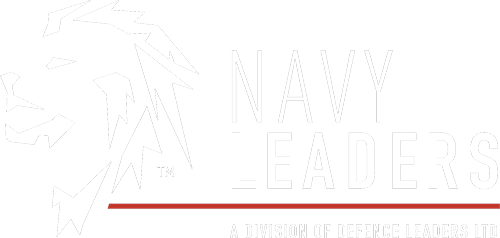German Navy Submarines To Acquire IDAS Missile Defence System
)
German Navy submarines will be fitted with an innovative new missile system to defend themselves against helicopter threats.
The German Government has struck a deal with Thyssenkrupp Marine Systems (TKMS) and Diehl Defence to develop their IDAS guided missile submarine air defence system.
As per a recent TKMS press statement, the two firms reached an agreement at the end of last year with Germany’s Procurement Office of the Federal Ministry of the Interior to develop and qualify the missile round pack of the Interactive Defence and Attack System for Submarines (IDAS) system.
TKMS has confirmed today (Monday) to Navy Leaders that IDAS is an independent capability being developed only for the German Navy. The system is expected to be operational in the early 2030s. The financial sums involved and the the number of submarines destined to be fitted out with the IDAS system are not being released into the public domain at this stage.
IDAS can be fired laterally from a submarine’s torpedo tube; once launched, it is designed to travel underwater to attain proximity, then surface and take off. Linked to the sub by an optical fibre, it can be controlled in flight and is designed to be used against a range of surface and particularly aerial targets.
As per the TKMS website, initial design requirements were for the missile to have a range of approximately 15km; the IDAS projectile also features an infra-red homing targeting system. The IDAS system has already been successfully test-fired from a German Navy Class 212A submarine.
IDAS is intended to offer enhanced protection to submarines vulnerable while operating in shallow waters and coastal zones by enabling them to engage potential threats without needing to surface and expose themselves further.
TKMS CEO Oliver Burkhard commented: ‘We are delighted that this innovation project can now also be launched.
“At Thyssenkrupp Marine Systems, we are contributing to a completely new capability in the field of submarine self-defence, while at the same time strengthening the safety of people and materials in challenging future deployment scenarios.”
-
You can read more details on the TKMS website
